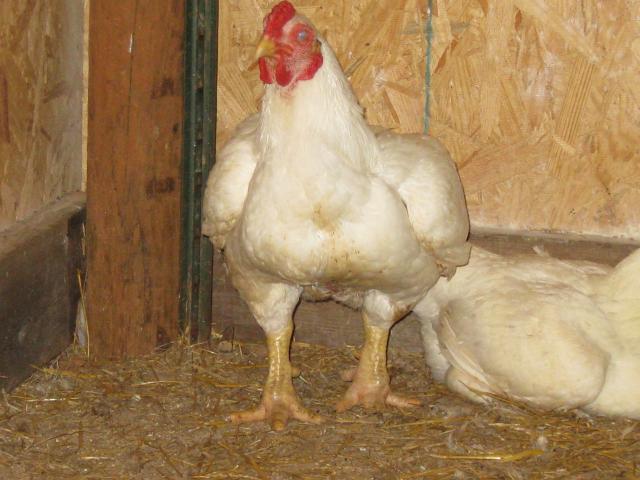Quote:
If you are taking requests
 then I would LOVE
then I would LOVE
 to see one for speckled sussex OR delawares.
to see one for speckled sussex OR delawares.
If you are taking requests


Follow along with the video below to see how to install our site as a web app on your home screen.
Note: This feature may not be available in some browsers.








